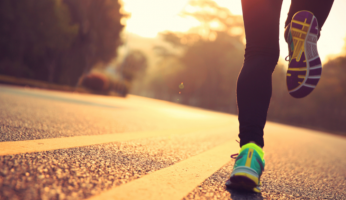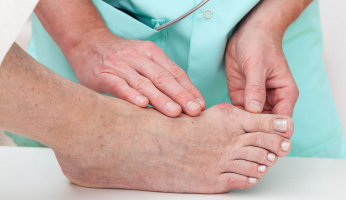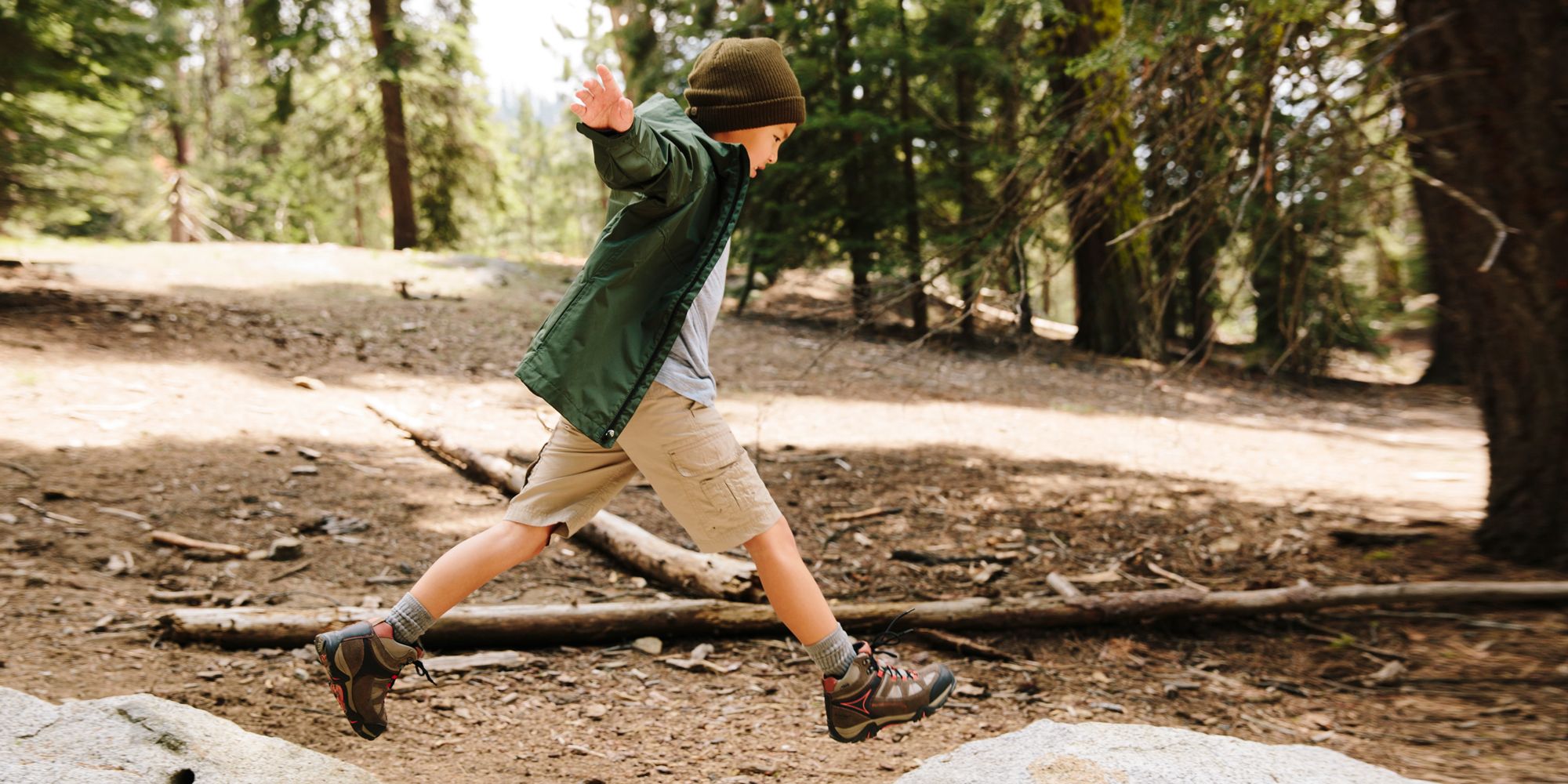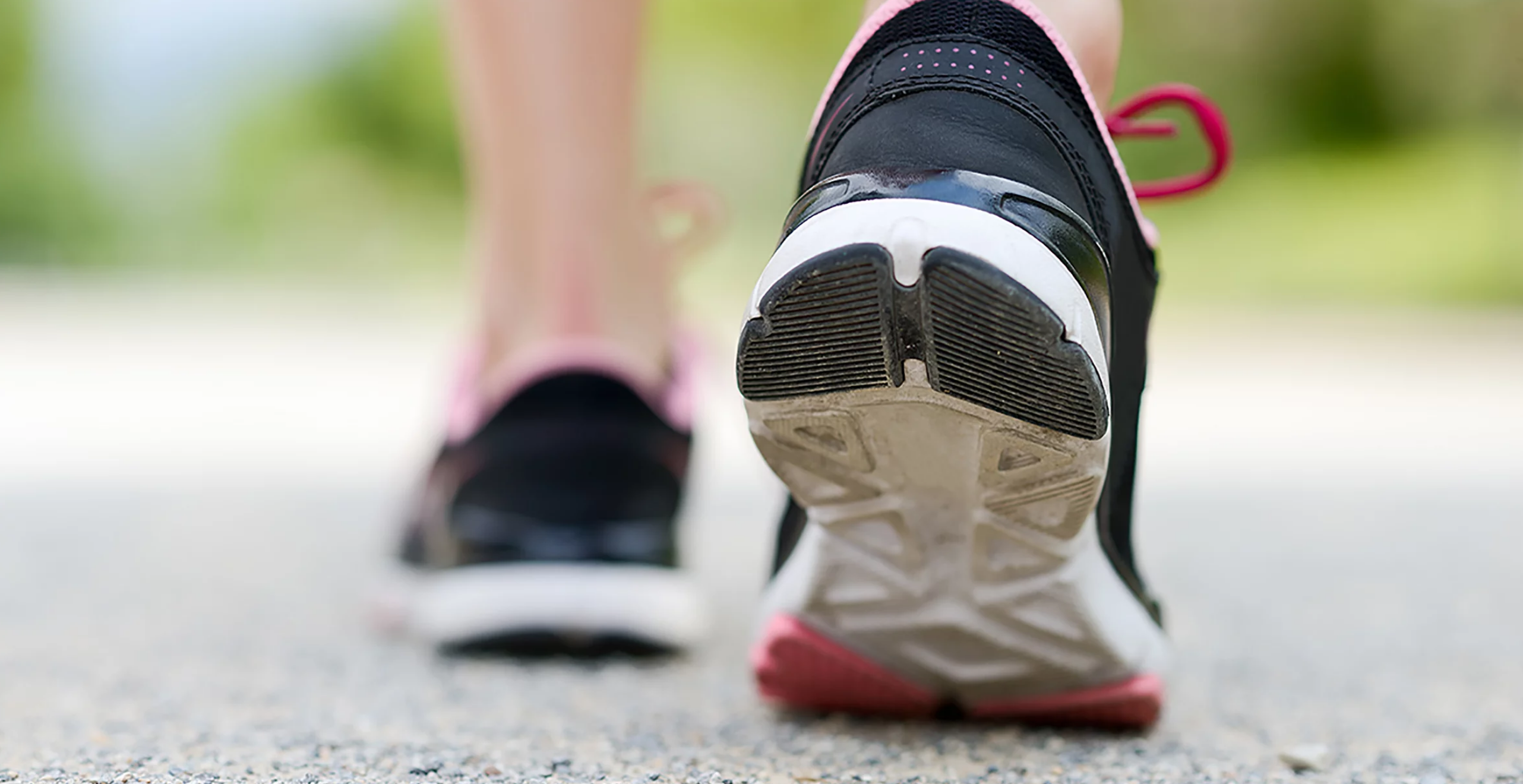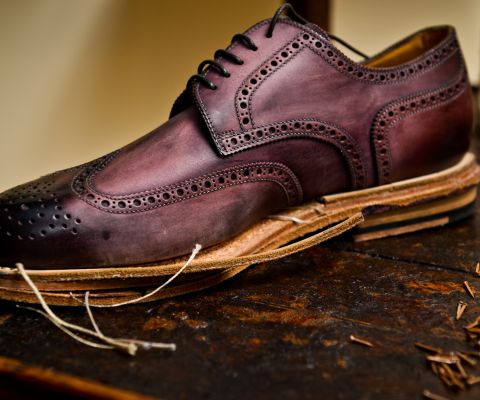How Should Running Shoes Fit? A 4 Step – Guide to YOUR Perfect Fit
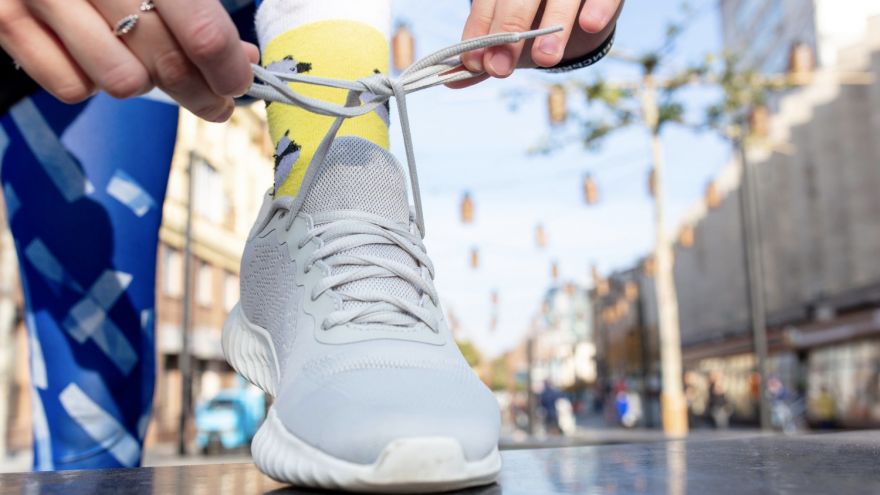 How Should Running Shoes Fit? A 4 Step – Guide to YOUR Perfect Fit www.walkjogrun.net
How Should Running Shoes Fit? A 4 Step – Guide to YOUR Perfect Fit www.walkjogrun.net When you go running, your feet are the first part of your body to cushion the impact of hitting the ground. So, your goal should be to protect and take care of your feet with good running shoes. And I am going to give you a complete guide to finding your perfect fit.
1. Nailing the Perfect Fit for You
The fit of your running shoe is important. You do not want the shoe to fit too tight because this could cut off circulation and cause numbing of your feet. If your running shoe is causing numbing, this could put you in danger of not being able to feel when you step on a rock, hitting a curb with your toe, or are injured. And running shoes cost too much not to be comfortable or protect your feet.
A good rule to remember is to go shoe shopping at the end of the day. That way your feet are potentially swollen from being on them all day and you will get an idea of how your feet will be after a run. This can also help to prevent the shoe from being too tight during a run.
On the flip side, you do not want to have running shoes that are too loose. You do not want to have your shoes flopping off of your feet while you are trying to set your new personal best (PB).
The image of a child trying to wear their parents’ shoes pops into my head. And although watching a child do this is cute and funny, this is not the look or feel you want to give your feet. If the running shoe fits too loose, you can also run into issues with friction. This could lead to blisters and the breakdown of skin tissue.
2. How to find the right Length & Width
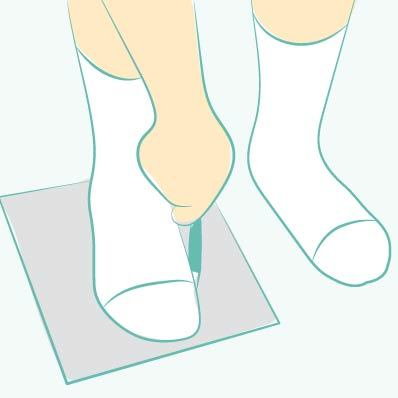
When you are going to pick out a pair of running shoes, it is a good rule of “thumb” that your shoe should have a thumbs width of space at the toe. I always say that you want your toes to be able to wiggle around. And I do not know about you, but my feet swell a little after running and having a little extra space can help to prevent my shoes from becoming too snuggle after long runs.
In running shoes, I would say that you do not want your toe to touch the end of the shoe because this can cause you to experience pain and potentially trauma to your toenails.
But, if you are a minimalist runner and wearing toe shoes, the running shoe should fit your feet like a sock. Generally, considering the way toe shoes are designed, the material has the ability to stretch more as your feet swell.
To help you measure the width of your running shoe, take a piece of paper and trace your foot. Then, take the shoe insert and see if it matches your foot. If the insert is narrower than your foot, you may want to get a wider shoe or choose a different option. And vice versa.
3. What about cushioning?
Running shoes should not have a lot of cushion. You do not want the heel-to-toe drop in your shoe to be greater than 6 mm. Your running shoe is to provide protection for your feet and not change or correct your gait.
Things to avoid:
- High heel cushions (high drop/heel to toe)
- Soft cushioning
- Extra arch support/store-bought orthotics
Having running shoes with too much cushioning could lead to even worse gait movement. The foot has a natural shock absorber and that is the pronation of your foot. This is the mechanism of your foot striking the ground with the heel rolling along the edge of your foot to the palm and off the big toe.
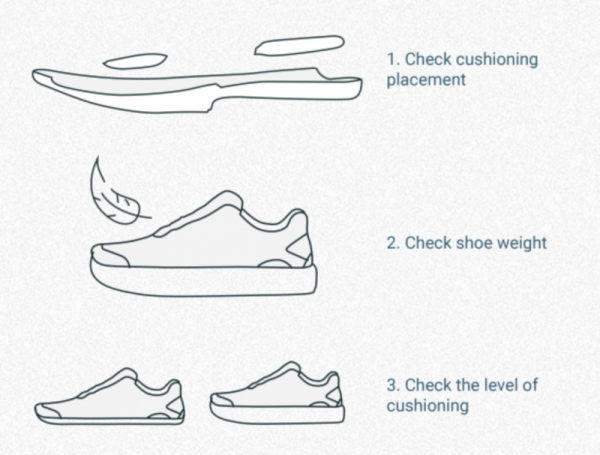
If you are experiencing over or underpronation, please consult your Physician or Provider for a referral to a Physical Therapist to help you consciously correct these actions.
It is recommended that arch supports and store-bought shoe inserts should not be used for greater than 6-8 weeks. They should only be used on a temporary basis until your feet are stronger.
4.When to buy new running shoes?
It is suggested that you replace your running shoes every 350 miles. But, this is dependent on the wear and tear of your shoes. So, the more often you wear your shoes, the sooner they will need to be replaced or if you notice wearing in specific areas of the sole.
Buying running shoes can be fun if you like shopping as much as I. And it can also be stressful with having so many options if you are also indecisive like me. So, take a deep breath and keep this guide as a reference!
Things to Keep in mind when buying running shoes
- Not all shoe companies make shoes with the same sizing
- Your feet change as you age
- Your feet will change during and after pregnancy
- A shoe style may not be cut the same the next time you buy it
But, do not let these things stress you out. There are running shoe styles, designs, and features out there with just about every occasion in mind. So, be as patient as your parents were when you were trying to find the perfect school shoe.
Sources
- , Selecting Running Shoes, Org
- , Foot Care For A Lifetime, Gov Site





